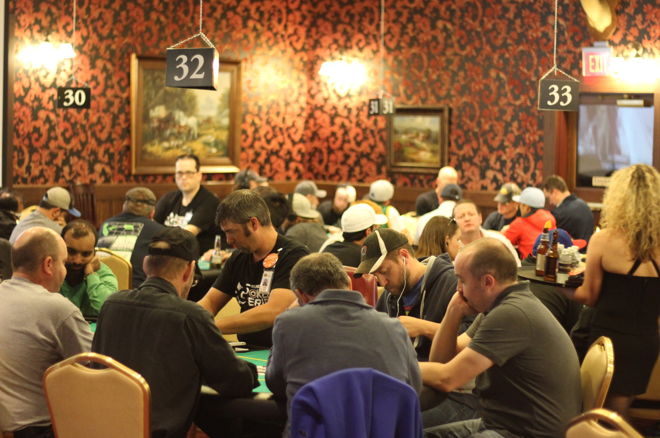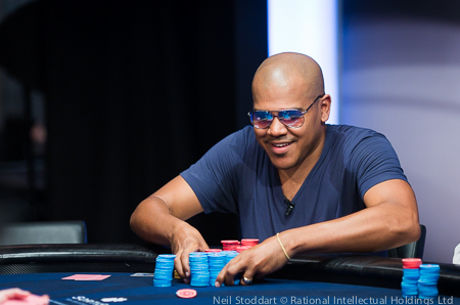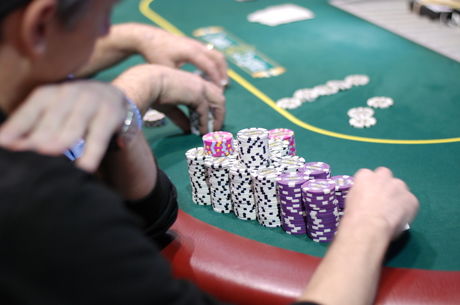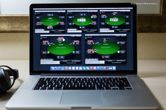Hand Review: A Disguised Straight on the Turn

Covering live poker tournaments for a living affords me the opportunity to see countless thousands of hands played out, many of which offer interesting and potentially valuable insights into how players �� both amateurs and professionals �� play the game. In this ongoing series, I'll highlight poker hands I've seen at the tournaments I've covered and see if we can glean anything useful from them.
The Scene
After a few weeks off, it's right back to the same tournament we looked at last time, the $550 RunGood Horseshoe Council Bluffs Main Event. Like last time, this hand occurred on Day 1, just a little after the hand against Ross Bybee.
At this point, I had a stack around 65,000 and was up against an opponent who covered me. He seemed to be playing quite tight, while I'd been splashing around pretty aggressively. The blinds and antes at this point were 400/800/100.
The Action
I raised from middle position with Ax4x to 1,800. The player in the big blind defended, and the flop came down K?2x3?. The big blind checked and called my bet of 1,600. The turn was the 5?, and he checked again. I bet 3,800 and he called. On the 7? river, he checked a final time. I bet 11,500, and he called once more.
I showed down the wheel and took the pot.
Concept and Analysis
I made a pretty loose open in this pot, but it's a spot where I'm usually willing to open it up a bit when I'm on the deeper side with a tight player in the big blind.
In any case, the flop was a good one for me to continuation bet, but I wasn't too surprised to see my opponent call. At that point, there's still a variety of hands he could have, but the perfect turn card arrived to give me the disguised wheel.
I upped my bet size a little bigger on the turn, but not so big as to chase him away. I figured he'd still call with all of his flush draws, kings and maybe even his middle pairs if he still didn't believe me.
The river is the interesting street in this one. I still essentially had the nuts, and there was a little over 15,000 in the pot. We both had plenty of money behind.
I decided to bet 11,500, a pretty large bet into this pot. I considered making a "standard" sized bet of around 7,000, but I think a larger sizing is good in this spot for a few reasons.
For one thing, there was a flush draw on the flop that missed. In these cases, I often like to bet a little bigger with my value hands because players are more apt to pay off the river if they think you missed a flush draw.
Thinking about my opponent's range, his most likely hand is KxXx for a pair of kings. If he has some kind of missed draw, he isn't paying off anything, and a tight player is almost never going to do something wild like check-raise bluff here. But if he does have the pair of kings, he's not likely to fold to almost any reasonable bet.
Finally, there was my image. My opponent here surely viewed me as loose-aggressive and capable of bluffing. It's hard for me to have a big hand here, especially if he has a king. That would also make him more likely to pay it off.
But could I have bet even bigger? I think I might have left some value on the table. Obviously, there's a threshold where he won't call, but I think making a full pot-sized bet of around 14,000 or 15,000 would be a good way to get maximum value here.
All of the right indicators were there for me to fire as big of a bet as I could reasonably hope to get called. But, I didn't quite go as big as I should have, and it's important to get every ounce of value you can out of your hands. Knowing when others won't fold to you is a dynamic that's easy to take advantage of, and I should have pounced when I had the chance.









